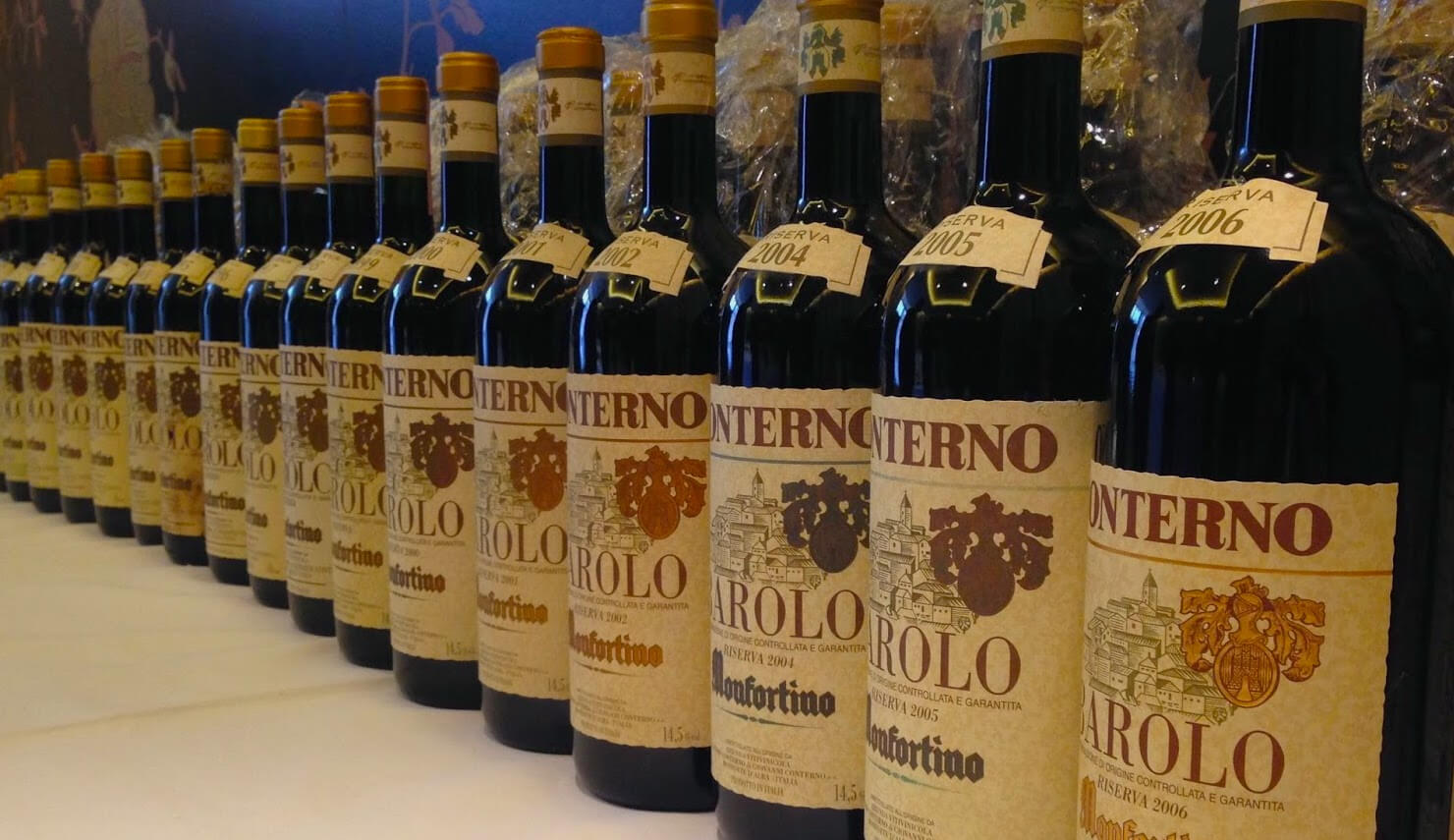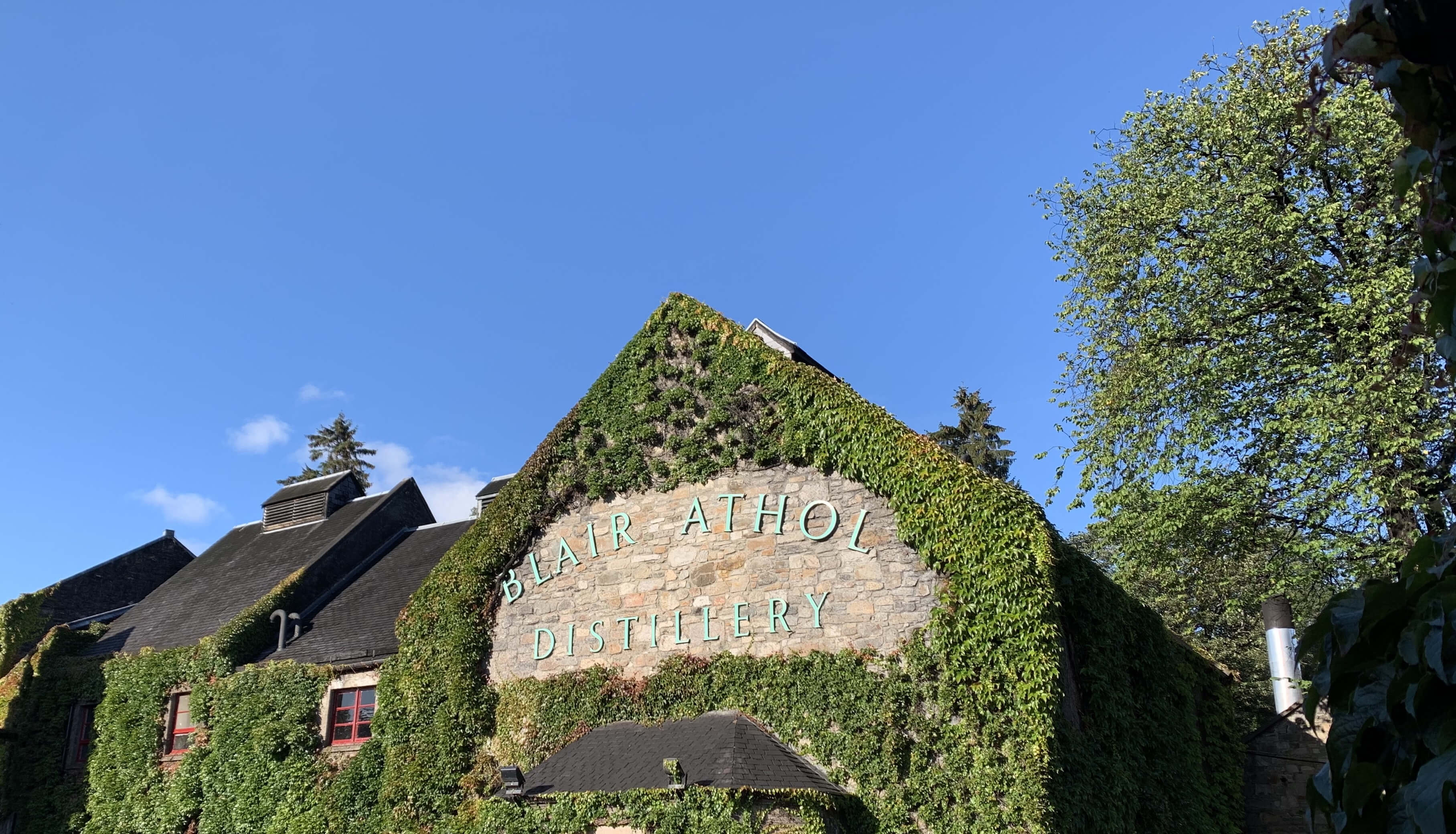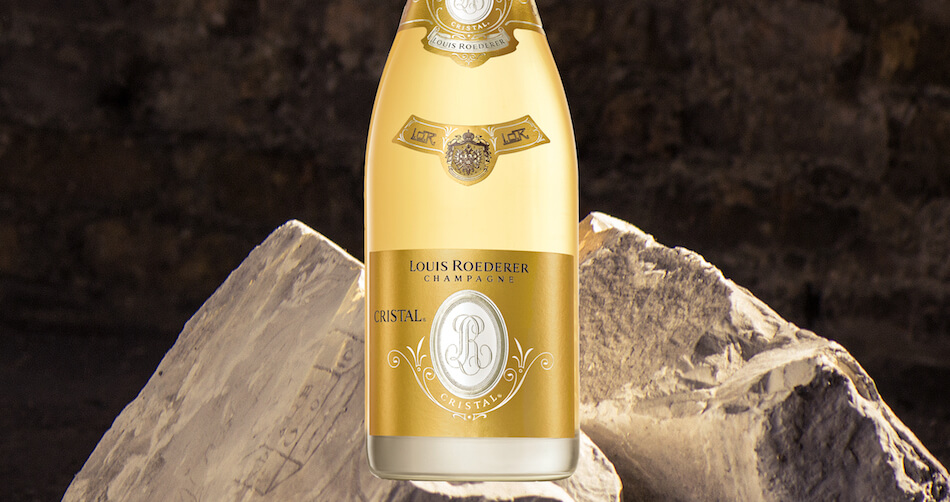

What do we mean when we say that a wine is Biodynamic? What are the processes that have gone into making a wine that qualifies for this distinction? One of the greatest trends in modern winemaking, this set of rules and qualifications is increasingly influential at every echelon of wine. From esoteric wines from the new world to the lofty heights of the most prestigious bottles in the world, Biodynamics are taking hold. We seek to understand the realities and debunk the myths about this peculiar method of farming.
Before we get into the method behind what some describe as madness, we’ll throw out a few names: Pontet-Canet, Domaine Leflaive, Domaine de la Romanee-Conti and Michel Chapoutier. What do these properties all have in common besides a firm reputation for quality? They all produce their wines biodynamically.
A series of preparations are required for a wine to be made biodynamically and these all must be carried out in strict accordance with guidelines set out by the Demeter organisation. Some of these include the burial of cow manure in a cow horn over the winter, with the results used as a soil enhancing spray. Others include the use of powdered quartz in compost made from as well as stinging nettles, yarrow and chamomile among other ingredients.
The point of these is to improve the overall vineyard health through biodiversity and to bring it in line with the natural forces of the earth. Biodynamics try to take into account every factor which acts upon the vines including shifting weather patterns, tidal cycles and soil composition.
_
"Biodynamics take into account every factor which acts upon the vines."
_
They may seem curious to the observer and indeed many critics have questioned the beneficial impact of such preparations. Despite these divergent viewpoints, common ground is found around the simple fact that Biodynamic wines are of exceptionally high quality.
One of the earliest attempts to get to the bottom of the quality of biodynamic wines versus their traditional counterparts, Fortune Magazine arranged a blind taste off pitting ten pairs of wines against each other. The results showed that the biodynamic wines won nine out of ten of these matchups. Each critic noted that they showed a greater concentration of flavour, structure and terroir-character.
Though the debate may go on concerning whether or not the various, seemingly eccentric practices of biodynamics, the truth is that the wine is good. Even sceptics of the processes put this down to the fact that a winemaker dedicated enough to bury nine different preparations in various animal sheaths and dig them up at the right time of year will have a certain attention to detail and craftsmanship which will inevitably find its way into the final product.
Biodynamics is an exciting trend in wine and if the recent results are anything to go by, then it is clear that we should hope to see more and more producers around the world take up the horn – and then bury it full of dung.






















